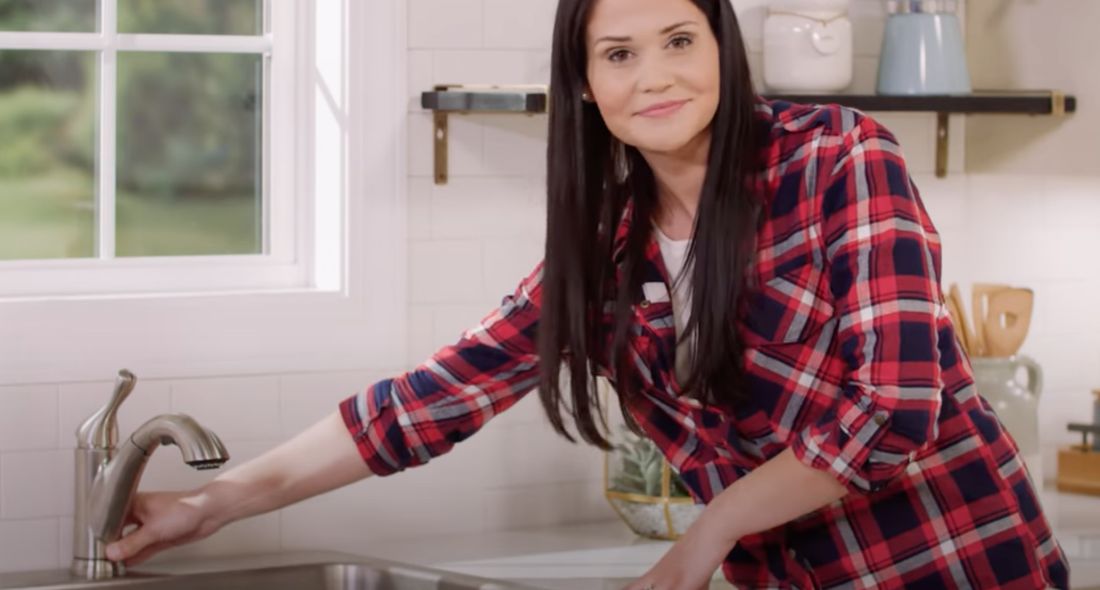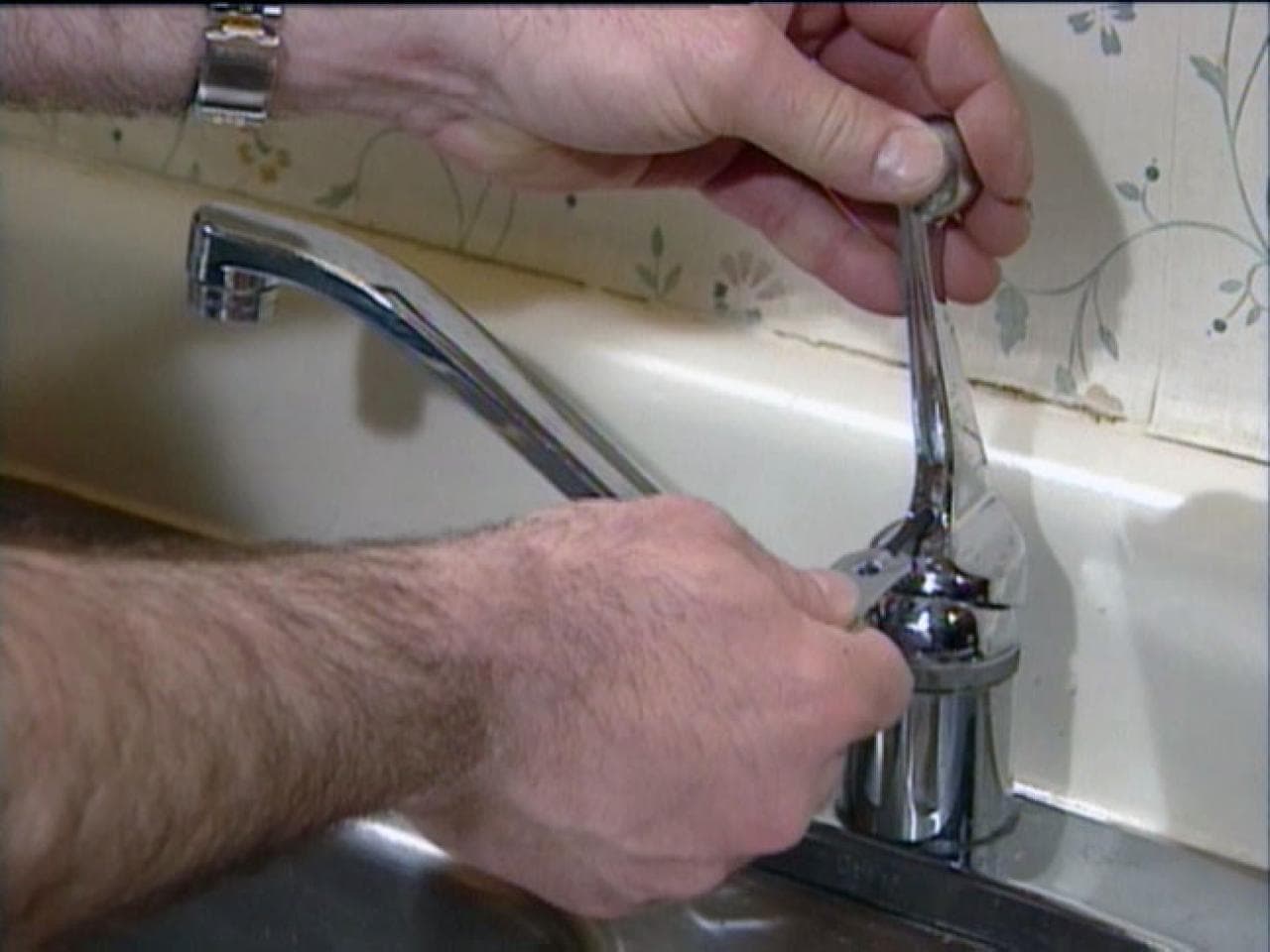What It's Required to Fix a Leaking Faucet
What It's Required to Fix a Leaking Faucet
Blog Article
Are you hunting for ideas concerning Why It's Important to Fix Leaky Faucets?

Trickling taps may look like a small trouble, however their impact goes beyond simply the aggravation of the noise. From wasting water to sustaining unnecessary financial prices and health and wellness risks, overlooking a leaking tap can result in numerous repercussions. In this article, we'll explore why it's essential to resolve this common family issue quickly and properly.
Waste of Water
Environmental Effect
Leaking taps add significantly to water waste. According to the Environmental Protection Agency (EPA), a single faucet leaking at one drip per second can lose greater than 3,000 gallons of water each year. This not just strains water resources but likewise impacts ecological communities and wild animals depending on them.
Step-by-Step Overview to Dealing With a Dripping Tap
Tools Needed
Before attempting to fix a dripping tap, collect the needed tools, including a flexible wrench, screwdrivers, substitute parts (such as washers or cartridges), and plumber's tape.
Usual Tap Issues and Their Solutions
Determine the type of tap and the certain issue creating the drip. Typical problems consist of worn-out washing machines, corroded shutoff seats, or malfunctioning O-rings. Refer to supplier instructions or on-line tutorials for step-by-step advice on repair work.
Financial Prices
Enhanced Water Costs
Beyond the environmental influence, dripping faucets can pump up water costs substantially. The built up waste with time translates into higher utility expenses, which can have been stayed clear of with timely repairs.
Possible Property Damages
Furthermore, prolonged leaking can cause damage to components and surfaces bordering the faucet. Water build-up can cause discoloration, corrosion, and also architectural problems if left neglected, resulting in added repair expenses.
Health Problems
Mold and Mildew Development
The consistent presence of wetness from a trickling faucet creates an excellent environment for mold and mildew development. These fungi not only compromise indoor air quality however likewise pose wellness dangers, particularly for individuals with breathing problems or allergic reactions.
Waterborne Conditions
Stagnant water in leaking faucets can become a breeding place for microorganisms and other pathogens, boosting the danger of waterborne diseases. Impurities such as Legionella germs grow in stationary water, potentially causing major health problems when ingested or breathed in.
DIY vs. Professional Repair
Benefits and drawbacks of DIY Repair Work
While some might try to repair a trickling faucet themselves, DIY repair services feature their own set of difficulties. Without appropriate expertise and tools, do it yourself attempts can worsen the concern or result in incomplete repair services, prolonging the issue.
Advantages of Working With a Specialist Plumber
Hiring a professional plumber guarantees that the underlying root cause of the trickling faucet is attended to successfully. Plumbers have the experience and devices to detect and repair tap issues successfully, saving time and decreasing the risk of additional damages.
Environmental Duty
Individual Contribution to Preservation
Taking responsibility for repairing trickling taps lines up with more comprehensive efforts toward water conservation and environmental sustainability. Every person's activities jointly make a substantial impact on preserving precious resources.
Sustainable Living Practices
By focusing on prompt repairs and taking on water-saving behaviors, people contribute to sustainable living practices that profit both existing and future generations.
Preventive Measures
Regular Upkeep Tips
To stop trickling faucets, carry out regular upkeep such as cleaning aerators, evaluating for leaks, and changing damaged components immediately. Additionally, consider mounting water-saving devices or upgrading to much more effective fixtures.
Relevance of Prompt Repairs
Resolving leaking taps as quickly as they're noticed prevents further water wastage and prospective damages, eventually conserving both water and money in the future.
Impact on Property Value
Assumption of Well-Maintained Residential Property
Preserving a residential or commercial property in good condition, including dealing with upkeep issues like leaking taps, enhances its viewed worth and desirability amongst possible buyers or occupants.
Impact on Resale Value
Characteristics with properly maintained plumbing components, consisting of taps, command greater resale worths in the realty market. Addressing dripping faucets can add to a positive perception throughout home inspections and arrangements.
Final thought
Resolving a leaking faucet surpasses mere ease; it's a necessary step toward preserving water, minimizing economic costs, and guarding health and wellness and residential or commercial property. Whether with do it yourself fixings or expert aid, taking action to deal with dripping taps is a small yet impactful method to promote liable stewardship of resources and add to a healthier, much more sustainable future.
Most Common Reasons for a Leaky Faucet and How to Stop the Drip
Whether it’s your kitchen faucet leaking or a bathroom faucet leaking, one leaky faucet can waste anywhere from three to 30 gallons of water every single day. If the constant drip-drip-drip doesn’t get your attention, your water bill will. The good news is that, by following a few simple steps, chances are pretty good you can fix the problem yourself.
Why is it dripping?
Before you start taking things apart, let’s break down some of the most common causes of a leaky faucet.
Bad O-ring.
A cartridge is a valve that controls the flow of water into the faucet spout. On cartridge faucets there’s an O-ring—the little disc attached to the stem screw that holds the faucet handle in place. If it’s loose or worn-out, it can cause your sink handle to leak. Of course, the cartridge itself could be worn out. If that’s the case, make sure you replace it with the exact same kind.
Corroded valve seat.
The valve seat connects the faucet and the spout. If the leak seems to be coming from the spout, it might be because a buildup of water sediment has corroded the valve seat.
Worn-out washers or seals.
A leaky spout could be caused by a bad washer that rests against the valve seat. It’s just a matter of time before friction takes its toll. It could also be the wrong size washer or one that’s been installed incorrectly. Water sediments can also corrode inlet and outlet seals.
Water pressure.
If the faucet only drips now and then, or when you turn the handles a certain way, you should probably check your home’s water pressure.
Loose or broken parts.
The adjusting ring and packing nuts in the stream screw can become loose over time, causing your sink handle to leak. Try tightening or replacing the packing nut. If the leak is coming from the pipes underneath the sink, you probably have a broken pipe or fitting. If that’s the case, you should definitely call a plumber.
Know your faucet.
Faucets come in a variety of types. Each one has its own assembly—and its own possible causes of leaks. Learning about the four most common kinds of faucets will help you know how to take them apart and make any repairs.
How to stop a leaky faucet
Fixing that leaky faucet doesn’t have to take a lot of time, money, or expertise. It’s usually a simple matter of replacing a worn-out washer or gasket, a loose O ring, or another part. Chances are really good you can do this yourself if you follow these simple steps.
Shut off the water.
Before you tackle the faucet, cut off the water supply to the sink. There should be one valve for hot and one for cold. Hand-turn them clockwise with your hands till they close. If there are no valves under the sink, head to the basement and shut off the main water supply to the house. Then turn on the faucet until it empties out the water that’s still in the line and you’re ready to start. It’s a good idea to cover the sink drain with a plug or a rag so you don’t lose any small pieces and parts while you’re working.

As a keen reader on Leaky Faucets: Why They Happen & What to Do About Them, I figured sharing that blog post was beneficial. Those who enjoyed reading our blog entry if you please consider to share it. We value your readership.
Report this page